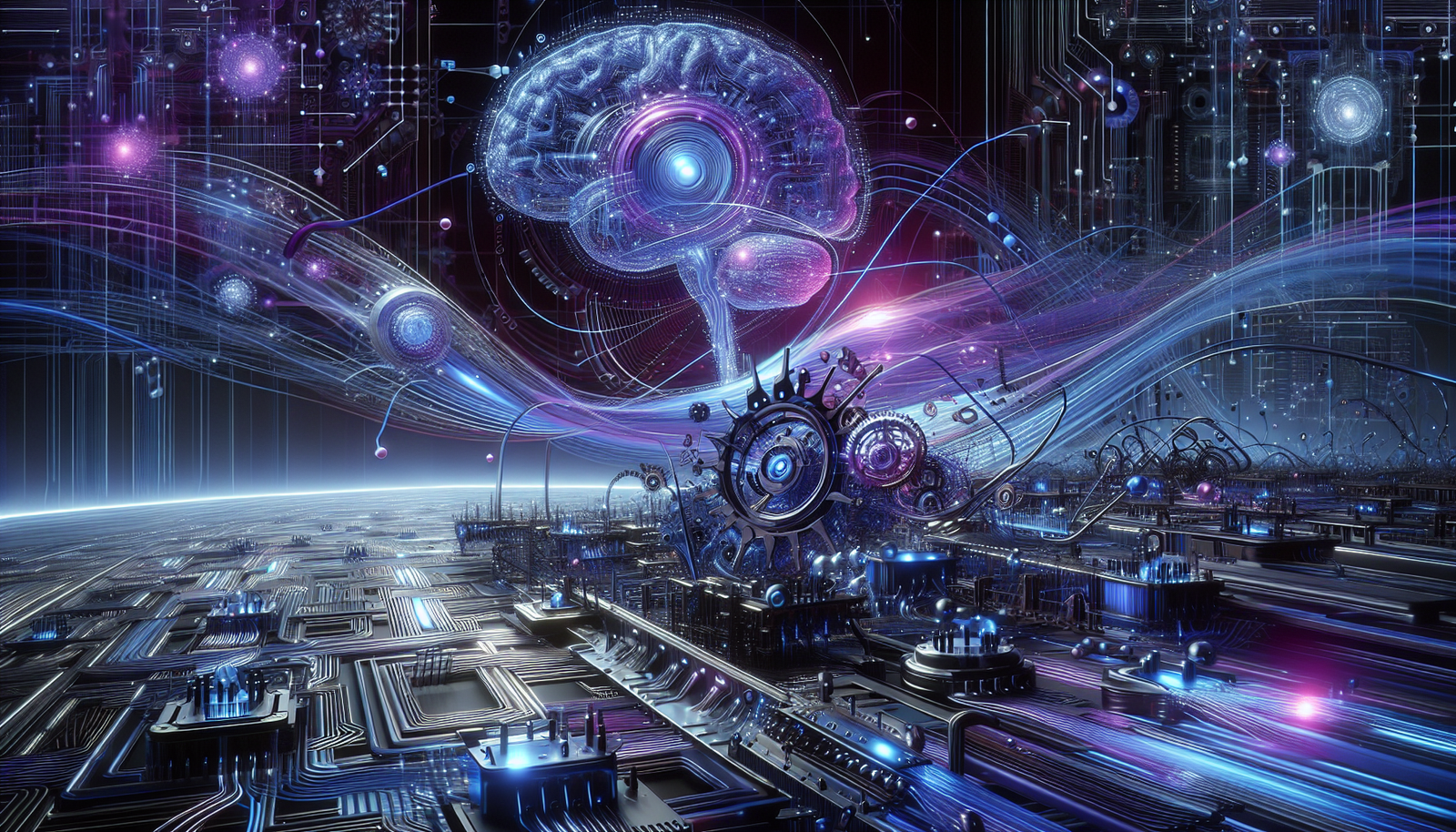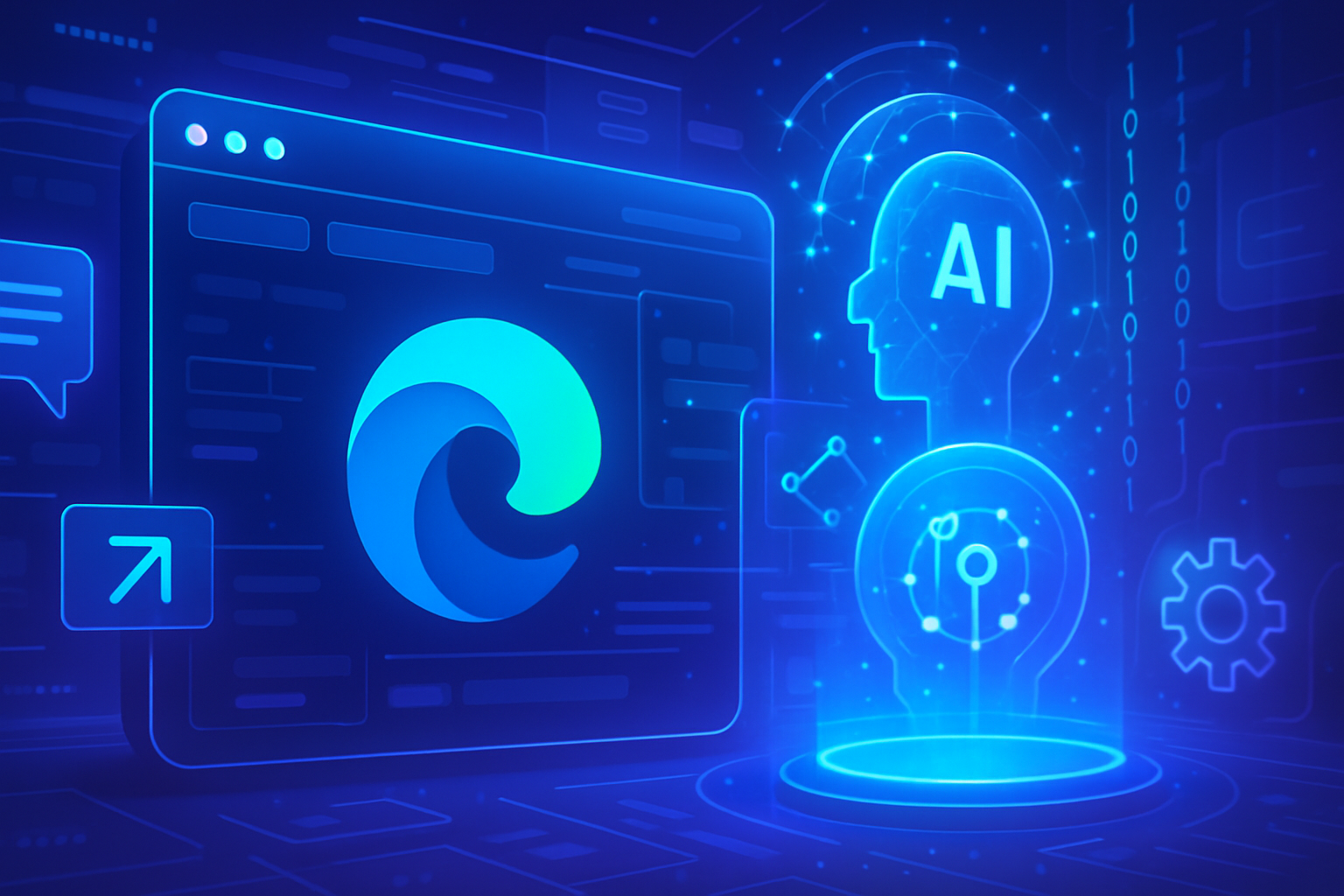The interconnection between the amount of training and the efficiency of large language models raises exciting debates. Recent research reveals that overtraining these models leads to performance degradation, making their fine-tuning more complex. The significance of these findings lies in the need to understand this dynamic in order to optimize future technological developments.
A poorly calibrated fine-tuning can compromise the intelligence of the models. Far from being a mere statistical datum, this phenomenon, termed catastrophic, requires particular attention. Far from guaranteeing improvements, overtraining undermines performance.
A concerning phenomenon: the overtraining of language models
Researchers from Carnegie Mellon, Stanford, Harvard, and Princeton have recently highlighted a worrying phenomenon regarding large language models (LLMs). Their study, published on the preprint server arXiv, reveals that overtraining can lead to a significant degradation in model performance. The concept, referred to as “catastrophic overtraining”, indicates that beyond a certain threshold, the efficiency of the models diminishes.
Comparative study on LLM training
Scientists examined the impact of two levels of training on the OLMo-1B model. A first training used 2.3 trillion tokens, while a second reached 3 trillion. Results from several benchmarks, such as ARC and AlpacaEval, showed that the most trained model exhibited performance up to 3% less effective. This result prompted researchers to reevaluate their previous assumptions about the benefits of increased training.
Consequences on fine-tuning
Research has reported an increased vulnerability of models to fine-tuning after reaching a certain level of training. This point, termed the “inflection point”, marks a limit beyond which the addition of noise, considered beneficial, begins to be counterproductive. The fragility of models as tokens increase complicates the adaptation capacity required for their application.
Testing and validating the hypothesis
To test their hypothesis, researchers introduced Gaussian noise into some of their model configurations. This method produced results similar to those observed during training sessions, confirming the presence of performance degradation. The gradual increase in sensitivity of the models proves to be the central cause of this unfavorable phenomenon.
Implications for the future of LLMs
The results of this study suggest that language model designers will now need to adjust their training methodologies. Two paths are available to them: determining the optimal training volume or seeking alternative techniques that allow for expanding the training space while maximizing efficiency. Listening to and integrating the observations of researchers could thus influence the evolution of these emerging technologies.
The implications of these findings extend beyond the simple framework of LLM training. Other areas of artificial intelligence, including those discussed in articles concerning the ethical issues of AI or advancements at MIT, could also benefit. The balance between performance and robustness will henceforth be a major challenge for stakeholders in this sector.
Frequently asked questions about the overtraining of large language models
What is overtraining in language models?
Overtraining occurs when a language model undergoes too much training, which can degrade its performance instead of improving it.
What is the impact of overtraining on the quality of a model?
Overtraining can lead to a degradation of up to 3% in model performance when excessively high training data volumes are used.
How can one recognize if a model is undergoing overtraining?
Signs of overtraining include deterioration in performance on standard benchmarks and a reduced capacity to be effectively fine-tuned.
What is the difference between optimal training and overtraining?
Optimal training improves a model’s accuracy through an appropriate amount of data, while overtraining exceeds this point, causing degraded performance and adjustment difficulties.
How can overtraining be avoided during language model training?
To prevent overtraining, it is recommended to monitor the model’s performance during training, use regularization techniques, and not exceed a certain number of tokens defined as a threshold.
What is the inflection point mentioned by researchers?
The inflection point is the moment when an increase in training data begins to harm the stability of the model, making adjustment more difficult.
Can the addition of noise influence the training of language models?
Yes, adding noise can lead to performance degradation similar to that observed during overtraining, confirming the increased fragility of overtrained models.
Why does the number of tokens impact model fragility?
As the number of tokens increases, the model becomes more fragile, making adjustment processes less effective and potentially reversing initial gains made during training.
What adjustments may be necessary for overtrained models?
For overtrained models, specific adjustment techniques need to be considered, such as reducing the training volume or applying alternative methods to maintain the desired performance.






